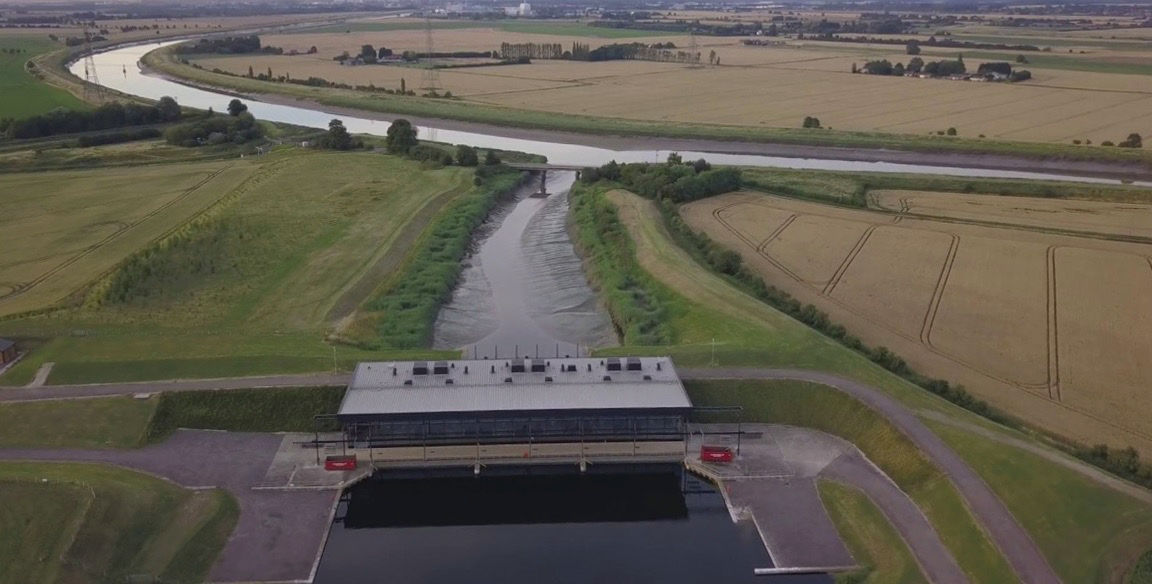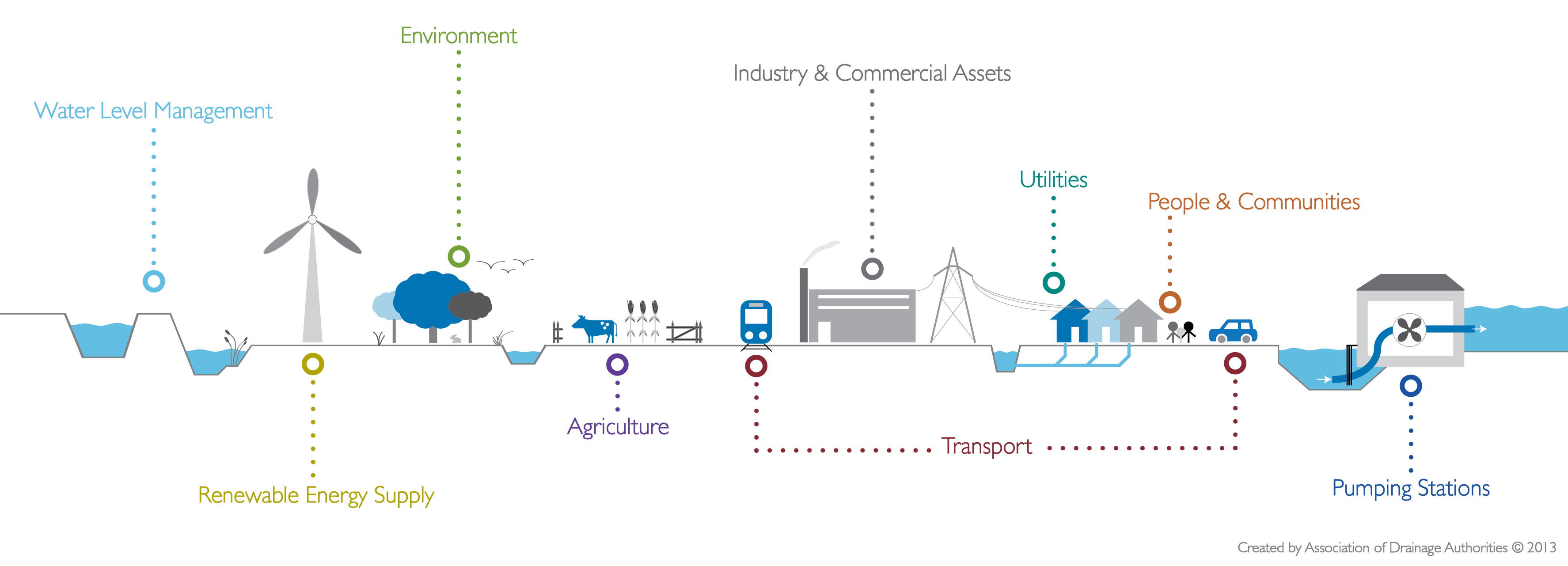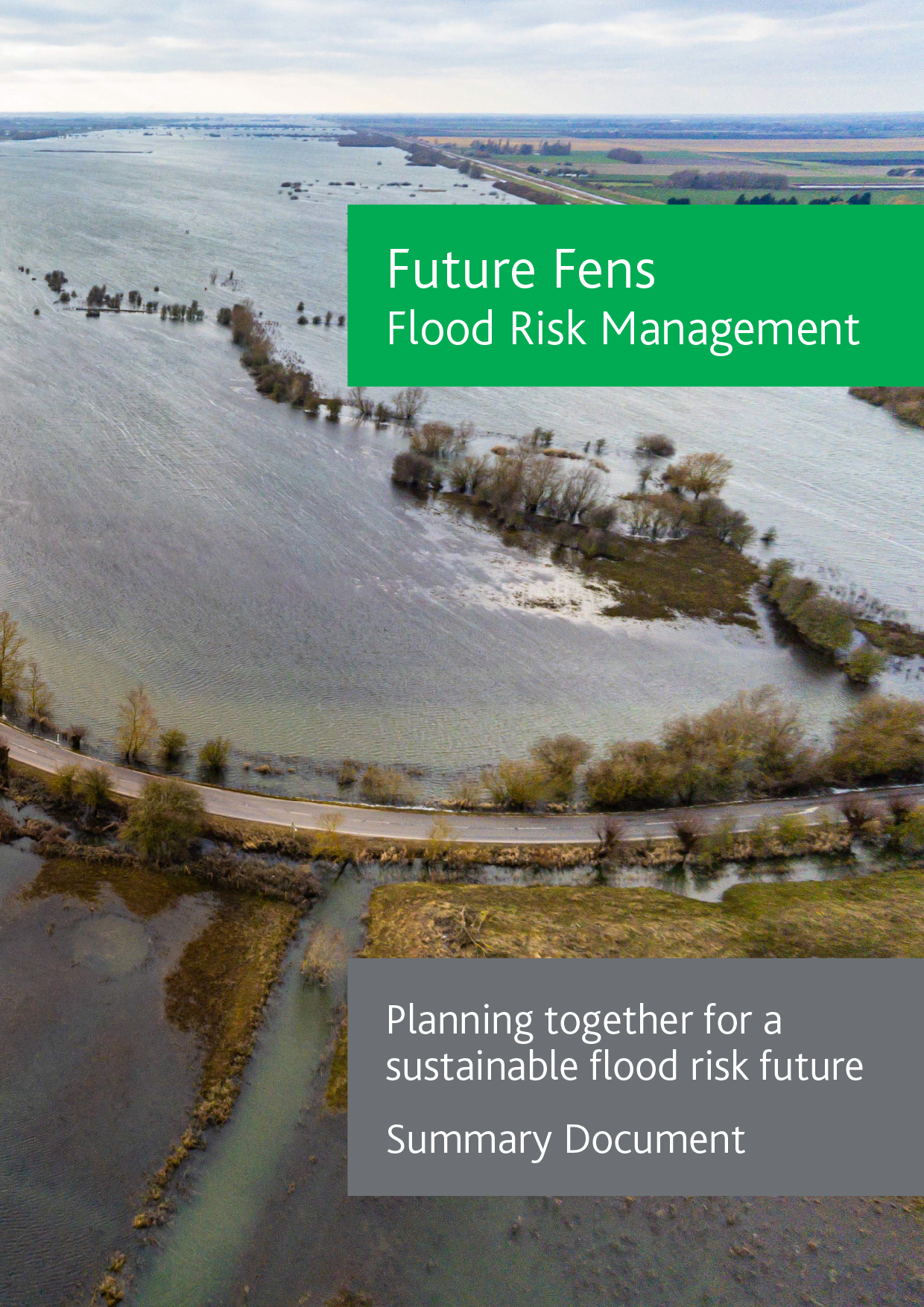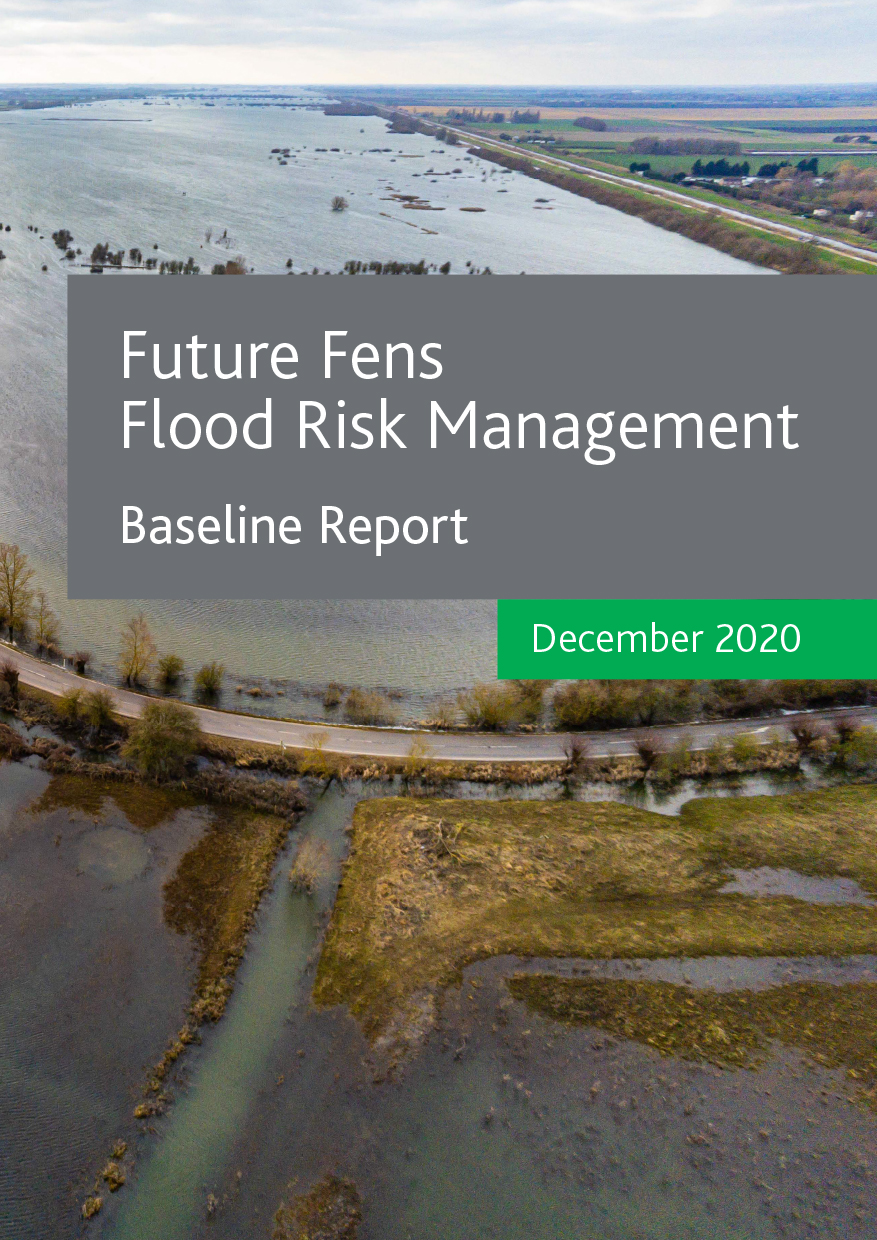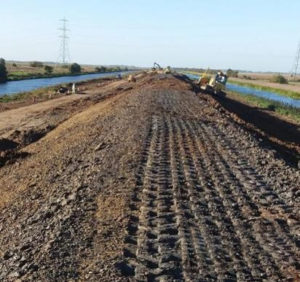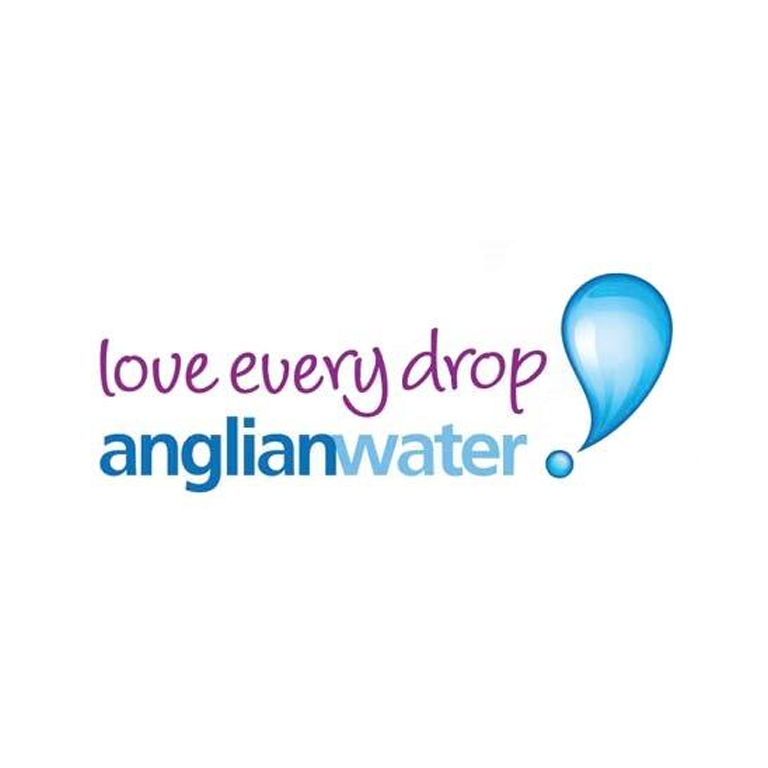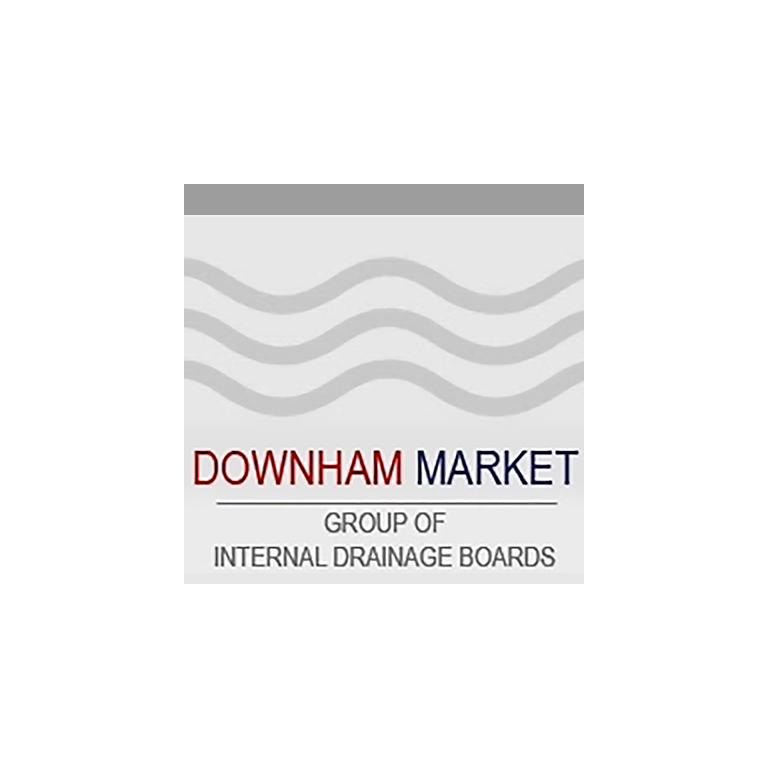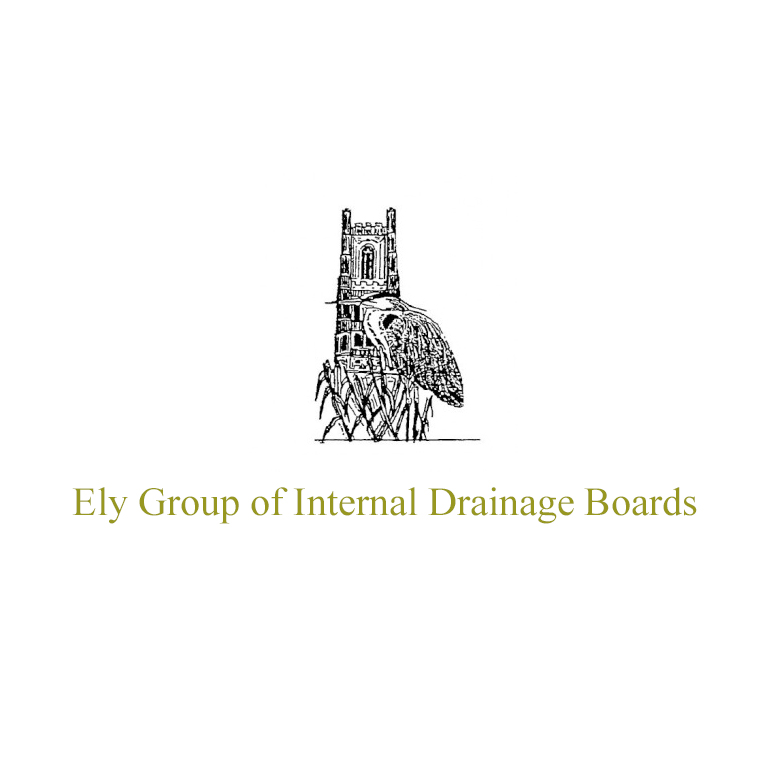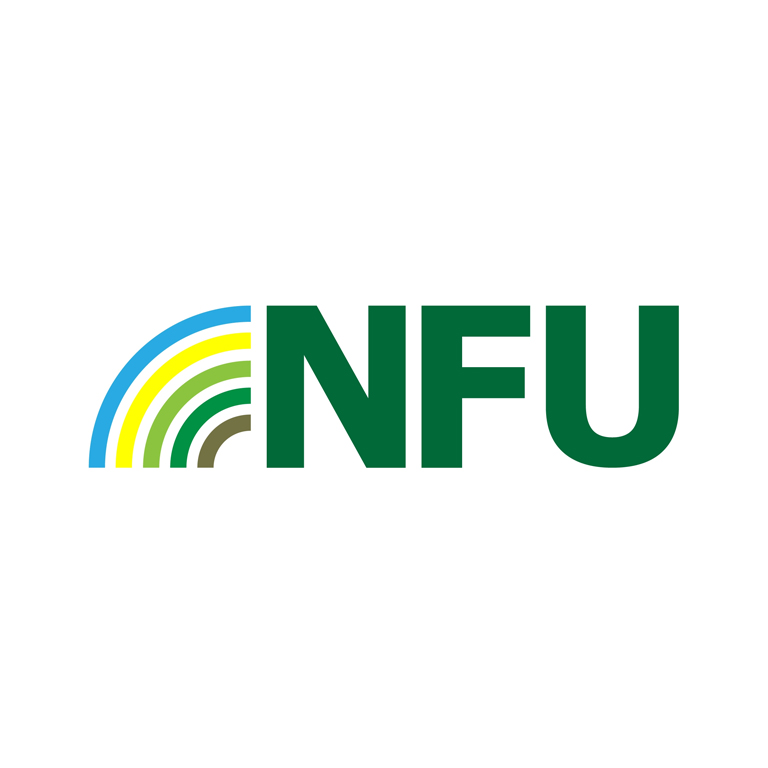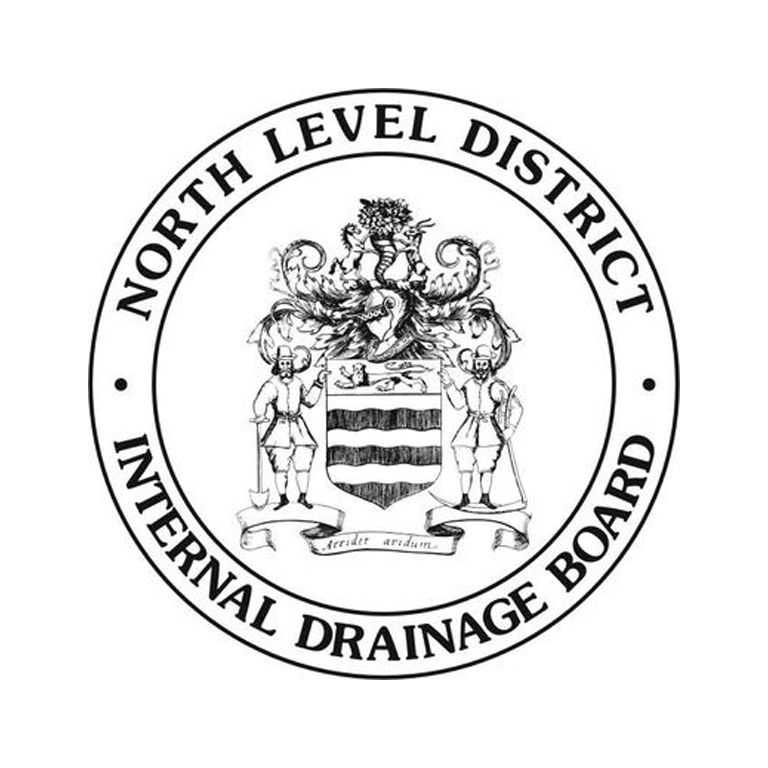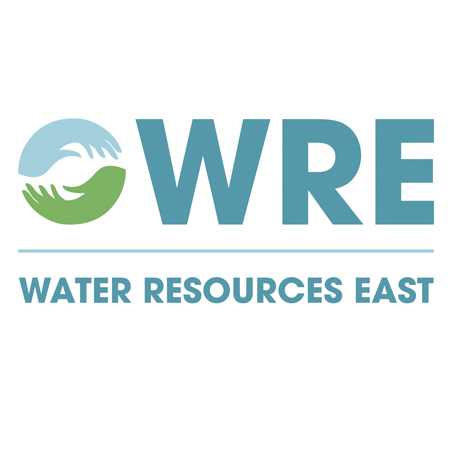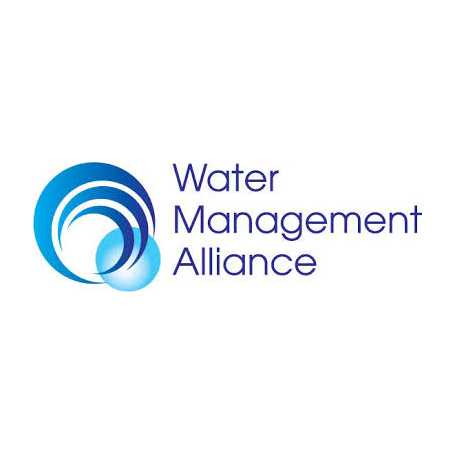Overview
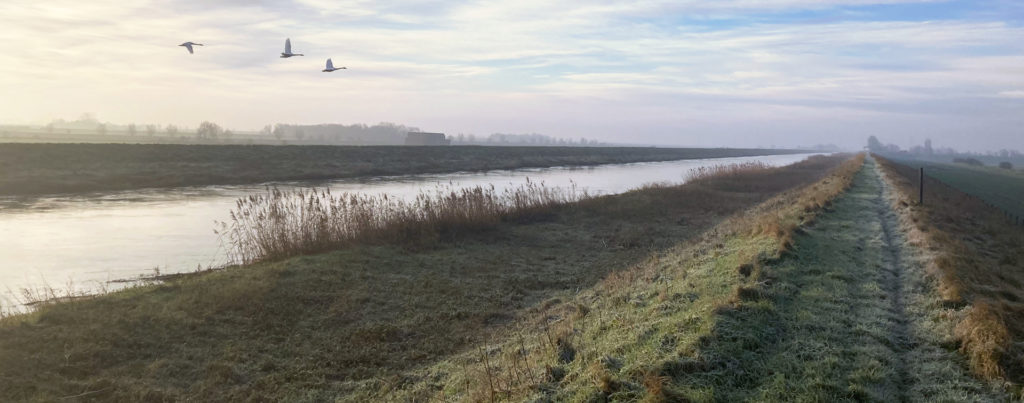
As with similar areas in the Netherlands, much of the Fens originally consisted of fresh or salt-water wetlands which were first drained in the 1600s to create valuable land for farming. Today the Great Ouse Fens has become a major agricultural region in Britain for grains and vegetables. It contains large areas of lowland wetland with unique and internationally significant wildlife, and has one of the richest legacies of flood risk and drainage management in the country.
With climate change projections, and many of the flood and water management structures in the Fens coming to the end of their design life, a strategic and long-term approach is needed. This will require changes to current flood risk and drainage activities coupled with significant investment.
This programme is looking at the adaptive approach needed to manage this catchment to balance the needs of people, the environment and agriculture, to ensure we create the right legacy for the next 100 years. This approach will identify the decisions which need to be taken now and those that will need to be taken in the future. Utilising innovative, coordinated and sustainable solutions from landowners, businesses, planning authorities, communities and risk management authorities, to manage this landscape for the long-term.
